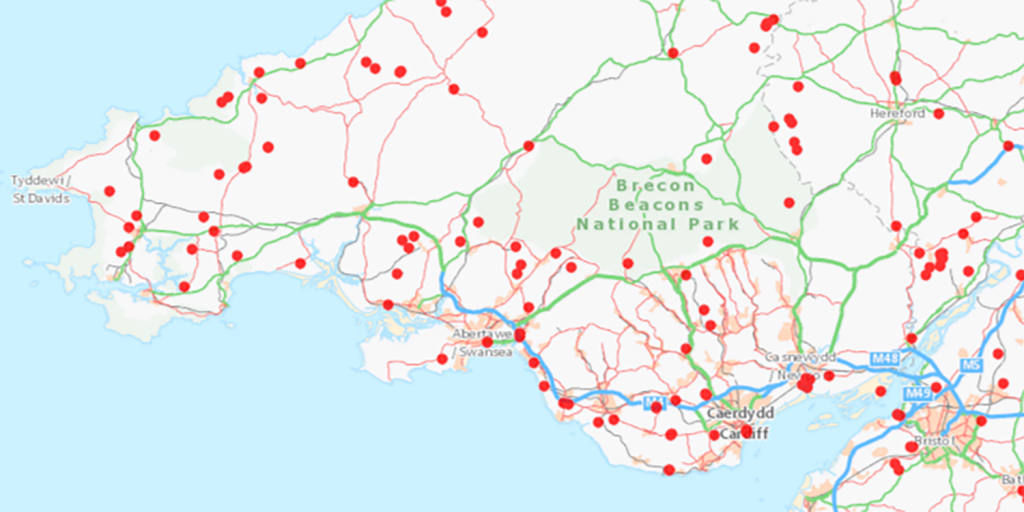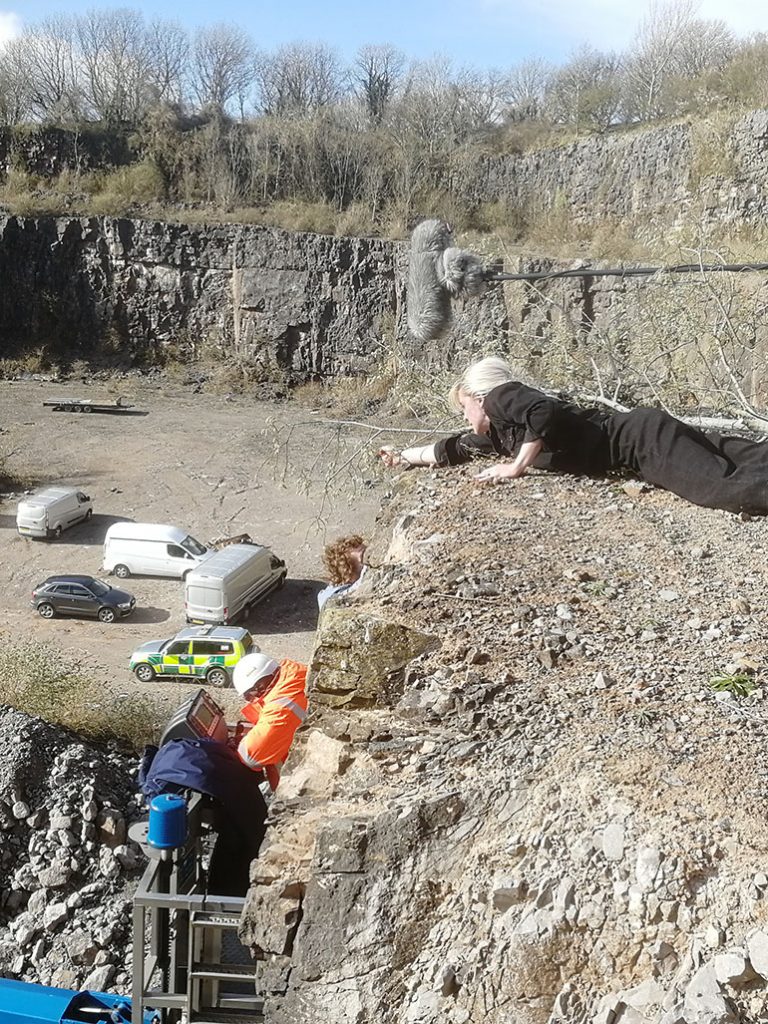With quarries, mountains, and the ever-changing weather, filming in South Wales poses a series of risks for film crews who must always prioritise staff safety

Consider the Welsh countryside. With its sweeping valleys, flowing rivers, and lofty mountains, it is hard to miss its connection with the enchanting lands of J.R.R Tolkien’s Middle Earth. Which is why it is wholly unsurprising that in the wake of New Zealand’s still-closed borders, Amazon Prime has chosen to move its Lord of the Rings spin-off to Wales. This is not the first, but one of 80 major productions in the last six years to be filmed in South Wales.
Now a hub for on-location filming, the Welsh countryside has been described by locations manager Gareth Roberts as one of the best places in the world to film. But with a landscape as unforgiving as its weather, it also presents a very real set of challenges and dangers for any hopeful film crew.
“Beware Wales, the last thing you want is to be attacked and eaten by a sheep,” writes one Facebook user. Yet with film set accidents on the rise, it is apparent that potential risks, to actors and crew members alike, should not be underestimated.
Learn more about safety supervision on set
Logistical nightmare
When filming in South Wales, Richard Stoddard has often found himself at the mercy of the elements.
Richard, 49, has recently started directing after several years of working as a director of photography and camera operator. He has found that something as simple as rain can slow filming down, as multiple pairs of hands are needed to protect equipment from the surroundings.
He states that working on or near water can be extremely dangerous, which is why there must always be a risk assessment alongside several teams of safety divers and support boats.
In one Welsh film, The Passing, Richard describes the experience of filming at the bottom of a reservoir where the actor had to burst out of water. He says the scene had to be carefully controlled with divers guiding her to the correct spot and a team of medics on standby due to the danger of the freezing conditions.
“It was February, so the water temperature was around two degrees!” says Richard.
According to mountaineering instructor Matt Woodfield, it is also the long-term effects of this that can be truly risky to a crew. When filming in wet conditions he has noted that many do not see the early signs of hypothermia which can be contracted in as little as 10 minutes.
“There’s waterproof and then there’s Welsh mountain waterproof,” laughs Matt, who explains that many staff members often come to location without appropriate clothing.
It’s human nature, people are so focussed
on their job they become blind to the risks
After filming is complete, Monmouthshire resident Richard reveals that safe access to and from locations is just as difficult. In order to transport the amount of equipment, quads and gators (large off-road vehicles) are needed due to the unpaved and slippery roads.
This in itself Gareth Roberts calls “a logistical nightmare.” As a locations manager, he must often find places that are accessible and safe enough to house a big film crew.
In a recent project Gareth was tasked with finding a quarry in Wales that would fit nine vans of equipment, all the while needing to be aware of danger points that would be cordoned off.
He maintains however, that any type of filming is possible when correct measures and safety officers are brought in.

Helicopter View
As one of these officers, Martin Papworth will often go with a locations manager beforehand and remain as a presence throughout the shoot.
Martin, 43, is a director at On Sight Safety Solutions, a team of TV and film safety specialists comprised of mountain rescue volunteers. The business has operated out of Wales and the South West for the last 36 years, working with production companies such as BBC Wales to mitigate risks and ensure safety.
“It is very much about looking at the situation, looking at what the director wants to achieve, and finding a way of doing that safely,” says Martin.
There’s waterproof and then there’s
Welsh mountain waterproof
After supervising on many shoots he has found the most dangerous filming location in Wales to be a quarry. While controlling risks at height is an easy task to manage, it is at the base of these quarries where falling rocks and other unforeseen risks may emerge.
With over 2000 mines and quarries currently active in the UK and approximately 3500 quarry-related injuries in the last 20 years, Martin and his team must sometimes curb a director’s plans in order to maintain safety.

One of the easiest mistakes a crew can make, according to the safety supervisor, is not appreciating all of the potential dangers alongside those that may seem more obvious.
“It’s Human nature,” says Martin, “people are so focussed on their job they lose attention and become blind to the risks.
“Sometimes our job will be sidling up to somebody and saying ‘put a helmet on’ and sometimes it’s a question of talking to the first assistant director and saying ‘we need to reinforce these messages because they’re not being heeded.’”
Martin believes it is essential to always have somebody who is able to take a helicopter view of things. Because only then can the Welsh countryside be seen as it truly is, grand, dramatic and beautiful, but nevertheless teeming with worries and risks. For many productions, the highs and lows of the stories they tell are nothing in comparison to the highs and lows of the landscape.
Wires at work
Image credits: On Sight Safety Solutions
Martin’s safety tips




